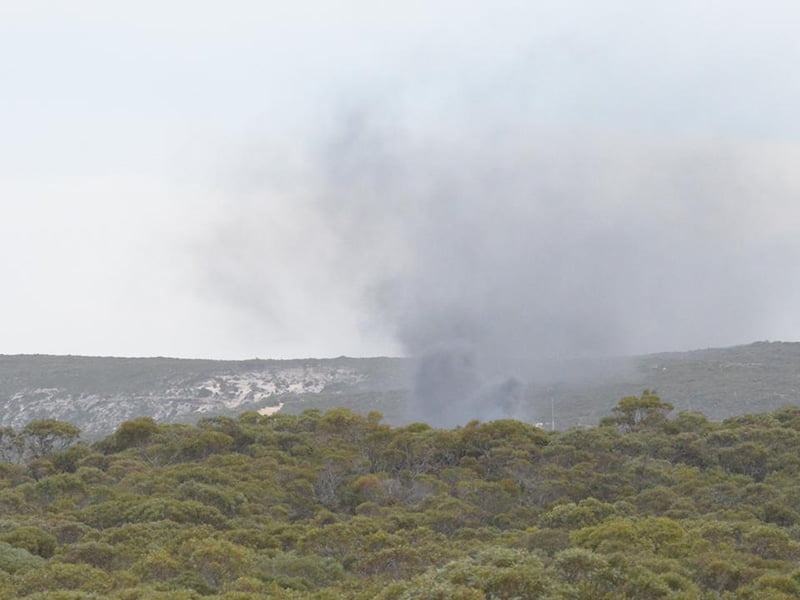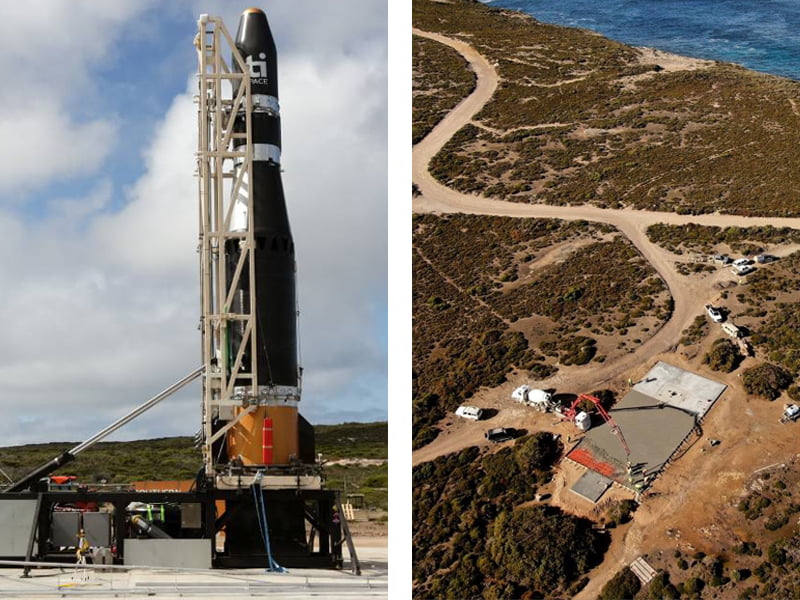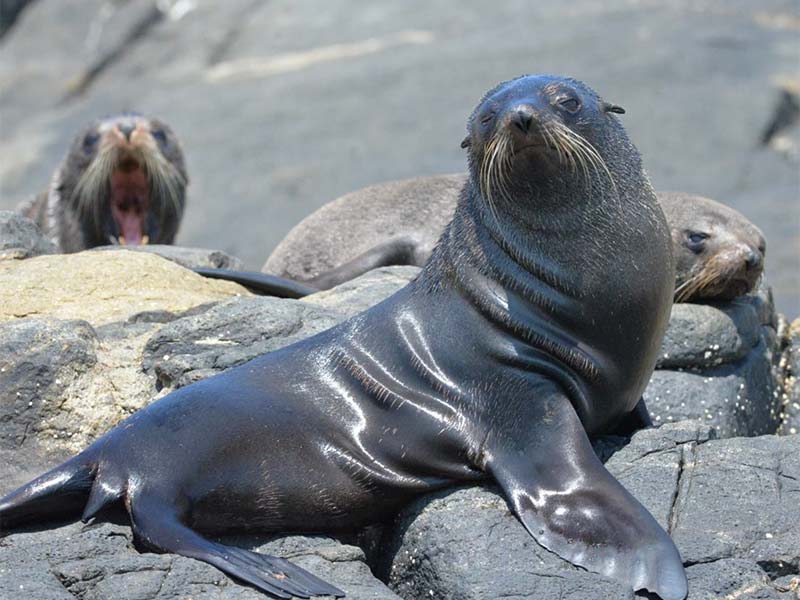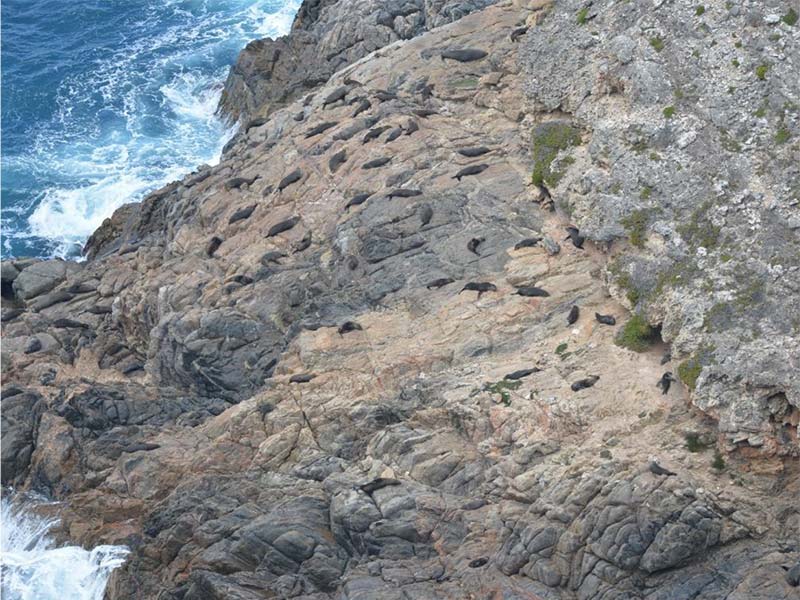Adelaide-based Southern Launch will no longer use the Hapith I rocket for any further space launches after it caught fire last week in a third failed attempt to put it into orbit.
It comes as local resident David Farlam described to InnovationAus what occurred during the attempt to put the rocket into space last Thursday, and why some locals have protested its presence.

In a statement on Wednesday, Southern Launch said that after an inspection of the fire-damaged Hapith I vehicle, the Adelaide-based rocket launch company and Taiwanese space company TiSPACE concluded that “we won’t continue with any further launch attempts of this particular vehicle”.
“This test launch vehicle may not have taken Australia to space, however it has provided our teams with valuable data and insights, which will lead TiSPACE in refining their launch vehicle capabilities further, and [provide] Southern Launch with the vibration and noise data needed to support the major development of the Whaler’s Way Orbital Launch Complex,” Southern Launch chief executive officer Lloyd Damp said.
“We thank the Australian Space Agency, the Government of South Australia, and the emergency services for their support of the VS01 test launch campaign. And, we thank all of the businesses and individuals who went above and beyond in their assistance to our teams during the test launch.”

InnovationAus requested further information on the status of the launch vehicle from Southern Launch and was directed to TiSPACE, which did not respond before publication.
It is understood the Hapith I test launch vehicle was damaged beyond reasonable repair.
The Southern Launch team are now preparing for the next two proposed test launch campaigns from Whaler’s Way, promising to soon provide further details on “VS02” and “VS03” test launch campaigns, proposed to be completed by the end of the year.
Meanwhile, local resident David Farlam, who witnessed the third failed attempt, told InnovationAus what occurred.
“They made several attempts to launch; I think they had three countdowns to launch,” he said.
“At the final countdown they aborted and I saw smoke coming from the side of the rocket, then more thick black smoke, and then … maybe about two minutes after they attempted launch, white smoke came up and it continued to burn for about 20 minutes until what looked like a bloom of steam came up, so they must have found some way to extinguish it.
“Once it was burning, there was a small explosion. But I don’t know what it was.”
He said he was initially OK with small rockets being launched from the area but was opposed to larger rockets like the Hapith I, due to environmental and noise concerns.
“I’ve got no problem with the original concept of launching small rockets to get these microsatellites into orbit quickly and efficiently,” he said.
“But this newer rocket, the Hapith I, is a big rocket – it’s 10 meters long, two metres across. It’s a completely untested rocket and it shouldn’t be launched in a place like Whaler’s Way, which is a fragile environment and only, in a straight line, 20 minutes from a major population.
“It should be launched somewhere like Woomera or somewhere else if they’re going to test it.
“And I think the fact that the rocket failed and burst into flames is a pretty good indication that it shouldn’t be launched here at all until it’s proven.”
He added that the environment had about 11 nationally listed endemic or threatened species in the sea and on the land, including seals below the launch site at the bottom of its cliffs, about 500 metres away.

There was also a large population of the animals on Liguana island, about 4.65 kilometres south out to sea and on the rocket’s flight path, he said, and at Cape Wiles, about 5 kilometres east.

“That’s why it’s a place of great concern for a lot of people who live here and visit here, because they don’t want to see those animals or that environment of low coastal beaches damaged,” he said.
Southern Launch’s Mr Lloyd Damp told InnovationAus that his company was committed to ensuring its operations “not only make a positive economic and social impact, but also work to safeguard the environment surrounding our launch sites for current and future generations”.
“That is why we have devoted the past three years to the development of a comprehensive Environmental Impact Statement, which forms an integral part of our strategy to mitigate any environmental impacts of our Whaler’s Way Orbital Launch Complex,” he said.
“Importantly, we look forward to the release of feedback that was received during the Environmental Impact Statement consultation process in the coming weeks, which we are confident will demonstrate a high level of support for a project that will help South Australia capture a share of the $5.5 billion global space-launch market.”
Clarification: The distance between Whaler’s Way Orbital Launch Complex and Liguana island is about 4.65 kilometres, not 3 kilometres as originally published.
Do you know more? Contact James Riley via Email.

